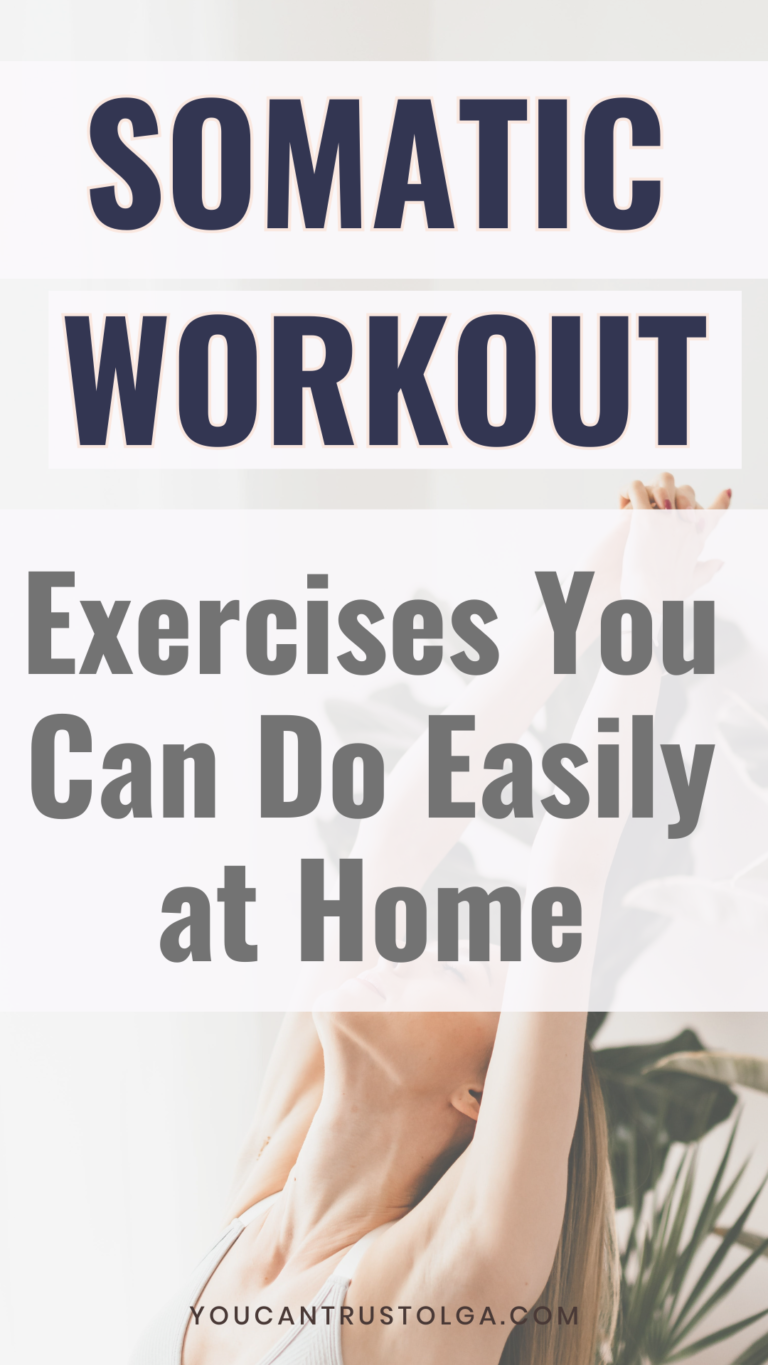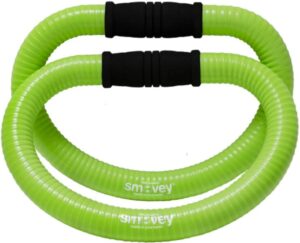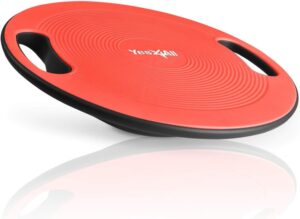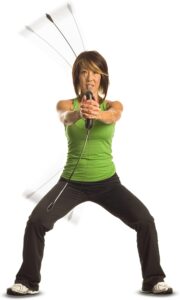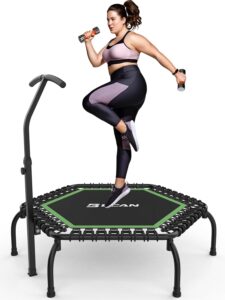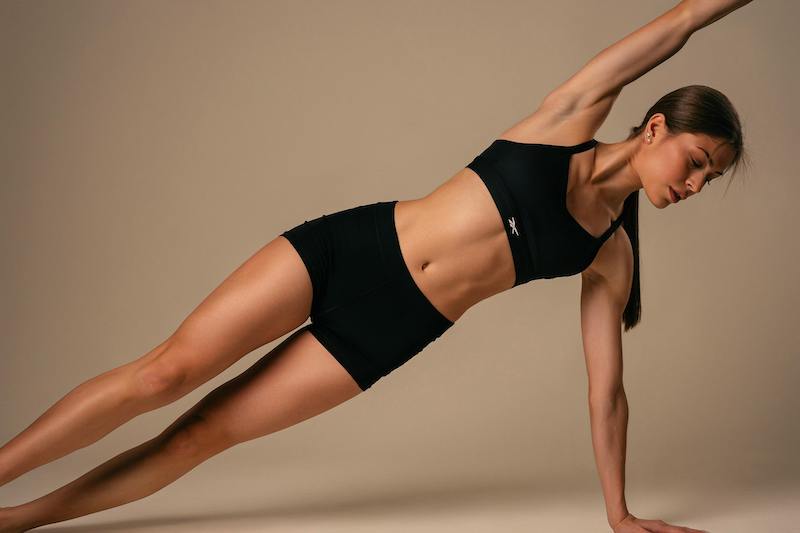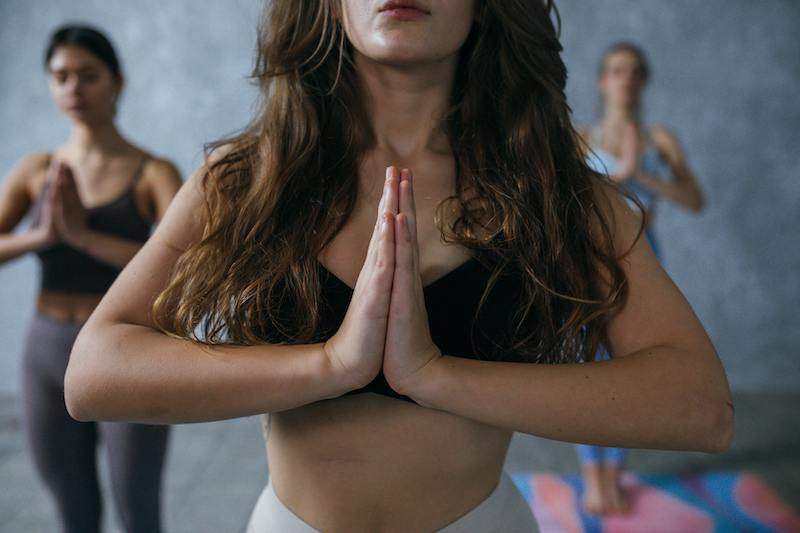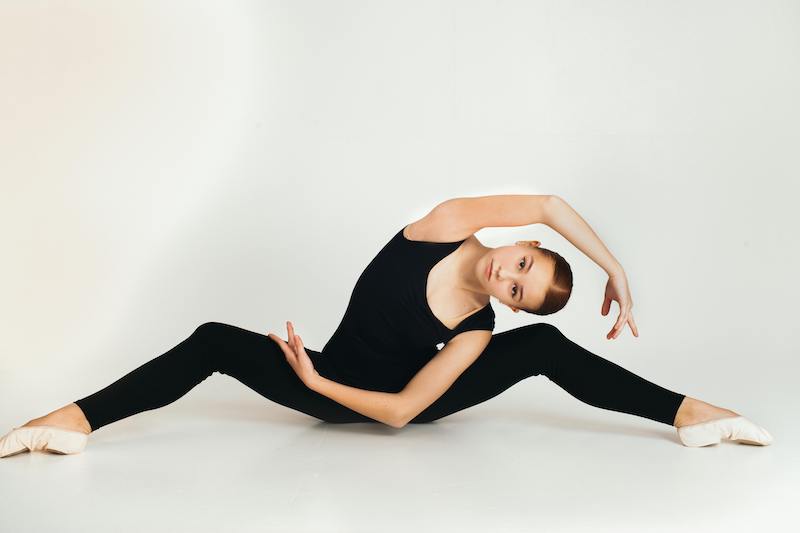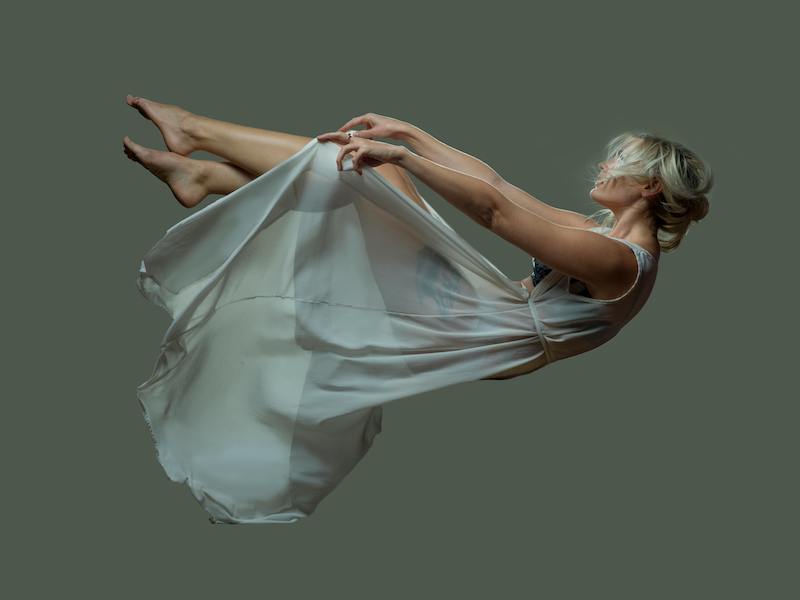Somatic workout, a cutting-edge form of exercise, places utmost importance on not only your physical well-being but also your mental health.
By incorporating mindful movements and intentional body awareness, this innovative approach aims to boost your overall sense of well-being, helping you achieve a harmonious balance between your mind and body.
The question is how to approach somatic workout and make it a part of your daily routine? Read on to discover the best tips and techniques for mastering this new form of exercise.
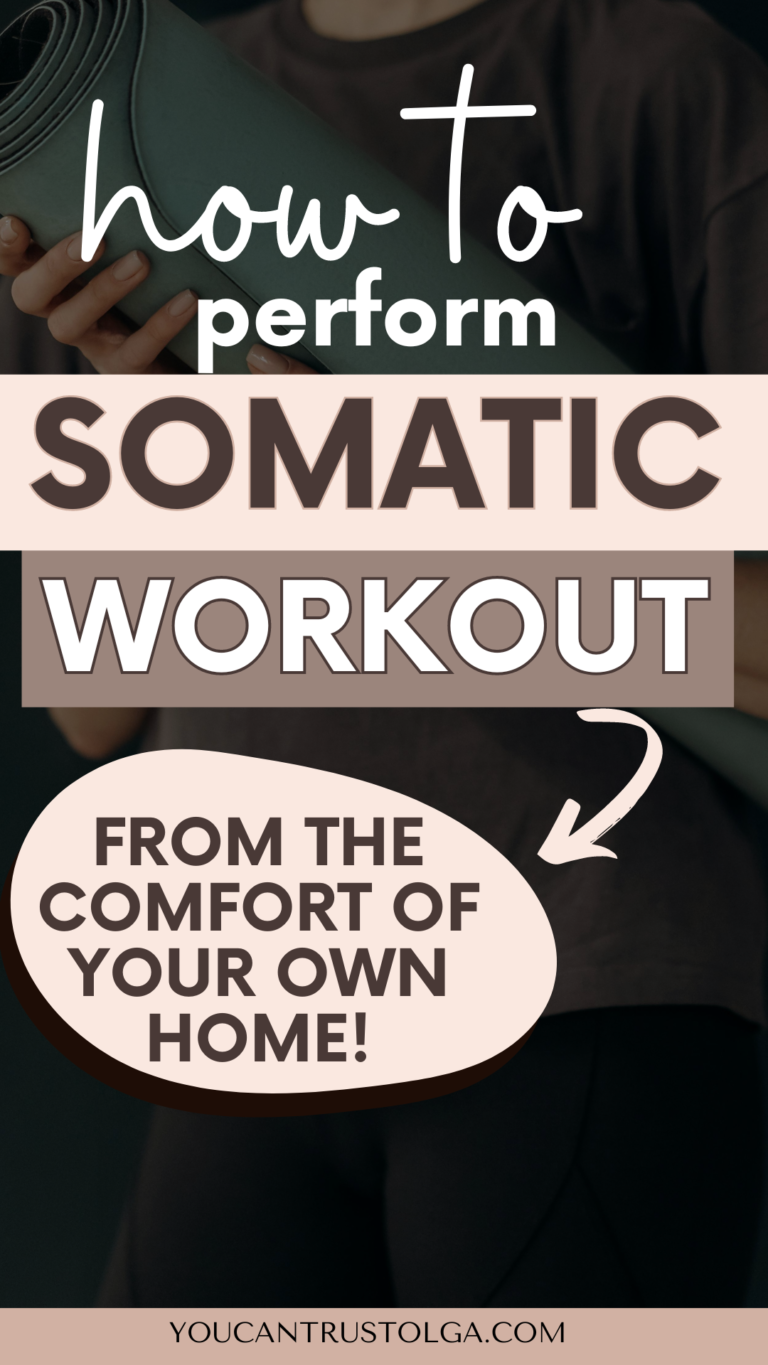
What is somatic healing?
Somatic healing is a holistic approach to wellness that helps restore balance in body, mind, and spirit. It incorporates various modalities like massage, yoga, breathwork, and energy healing to promote overall well-being.
By practicing mindful self-care, one can actively participate in their own healing journey. Somatic healing enables people to reconnect with their bodies, tap into intuition, and identify what they need for true health and happiness.
What is so special about somatic workout?
According to the late Thomas Louis Hanna, PhD, the brilliant mind behind the term, somatic exercises invite you to focus on how a certain movement makes you feel by moving your body with gentleness and compassion.
When you move slowly, you give your brain a chance to really feel what’s happening in your body. It’s like watching a slow-motion film in sports training, where athletes can study every detail of a movement or play. But instead of studying a fumble, you’re focusing on the stretch in your hamstring or back.
Over time, your “somatic brain” takes over and you become more flexible and calm. Just be patient and don’t expect a quick fix. Look for genuine, lasting changes in your comfort, range of movement, posture, and overall function. And most importantly, stay positive and envision the improvements you know you’re capable of.
YouTube videos to get you started with somatic exercises
Check out this YouTube videos below. They offer clear explanations and visual demonstrations, making it easier to understand the principles behind somatic practices and how to perform them correctly.
It will give you a deeper insight into how somatic exercises work, helping you connect with your body, release tension, and improve overall well-being.
1. Gentle somatic yoga for emotional release (10 minutes)
In this video, Brett Larkin takes a unique approach to a traditional yoga class by introducing the fascinating world of somatic movements.
With her expertise, she not only demonstrates the techniques but also provides insightful guidance on how to incorporate these movements into your practice.
It can serve as a great entry point to explore somatic workouts and their benefits.
Foam Back Roller
This amazing stretching device will take your somatic workout to the next level. The yoga wheel is effective for targeting all areas of the back, from the neck to the lower back. It serves as a therapeutic tool, releasing knots and trigger points for optimal relief.
2. Somatic Practice for Trauma and Stress Release (13 Minutes)
Check out this beautiful somatic practice by Dr. Arielle Schwartz! It’s perfect for stress and trauma release, whether you’re working through personal history or responding to events in our world.
This practice helps ground you, opening up the energy flow in your body and bringing a sense of ease.
Trust me, it’s amazing and so satisfying—you’ve gotta try it now! You’ll feel better instantly!
3. Somatic Exercises to Get You Out of Your Head Into Your Body (4 minutes)
In this short yet informative video, you will have the opportunity to learn three easy and practical somatic exercises from the esteemed doctor Arianne Missimer.
Whether you find yourself in need of stress relief, a moment of mindfulness, or simply a desire to cultivate a deeper sense of presence, these exercises will serve as a transformative gateway, guiding you towards a more balanced and harmonious state of being.
4. Somatic Exercises for Hip Pain Relief
Check out this short video that demonstrates a specific somatic movement to help you start relieving hip, knee, and foot pain. It provides detailed guidance for somatic healing and gives you a better idea of how it looks. Give it a watch!
Somatic Balancing Board
Elevate your somatic experience with this versatile balancing board and slant board combo. The balancing board offers a fun way to improve core strength and stability, while the slant board is ideal for enhancing flexibility and balance through a variety of stretching exercises.
Somatic workout equipment
Here are the top tools that can take the somatic practice to the next level. These pieces of equipment will help to make your somatic experience more immersive and the effect from it more profound.
Smovey is a super unique fitness product that’s unlike anything else out there. It gives you an awesome upper body workout, helping you burn more calories while keeping your back and spine stable.
How Does it Work?
Throughout the day, our energy can get blocked or stagnated due to poor posture or excessive joint use. And when our energy doesn’t flow properly, we can experience muscle pain, numbness, and stiffness in our ligaments, joints, and spine.
When you swing the Smovey rings, the balls inside the rings create a resistance that adjusts dynamically based on your strength and condition, up to 10 lbs. As the balls move, a gentle vibration of 60Hz travels through the handles and into the palms of your hands.
This vibration goes through the meridians in your palms and harmonizes the flow of energy throughout your body, providing an exceptional healing effect while you work out. It not only regulates the energy flow but also restores balance to all the organs in your body, providing a healing effect to your body.
You start feeling its effect from the very first swings.
A balance board is essentially a board that requires balancing. It typically consists of a flat, firm top surface and an unstable bottom. Balance boards are commonly constructed using plastic or wood. They are utilized not only in exercise settings but also in physical therapy and rehabilitation.
When you are on a balance board, you stand on a level surface and strive to establish or maintain stability. This may result in a surfer-like stance on dry land, with arms extended to assist in maintaining a centered position.
In the somatic world balancing board is also referred to as a “grounding board”. Because it helps to create the connection between our body and the earth’s gravity, which in turn creates a sense of grounding and presence. If you are struggling to be in the now, get on the balancing board, and you will find it impossible for your mind to wander off!
The bodyblade is another useful tool for somatic practice as it helps with trauma healing and managing aggression. Since trauma often arises out of the experience of helplessness in the face of threat, the healing often entails recovering a sense of power.
Somatic workouts using the bodyblade help to channel healthy aggression and safely experience and manage your negative emotions.
The manipulations with this tool, such as the contraction of core muscles, and shaking and swinging the body blade facilitate the release of tension and help to rebalance the nervous system and to release those pent-up emotions that sit deeply in your body and create pain, tension, and physical discomfort.
Rebounding, also known as aerobic exercise on a trampoline, is a low-impact activity that offers numerous benefits for physical health. In addition to improving circulation and boosting the immune system, rebounding is an excellent practice for enhancing somatic awareness.
The continuous bouncing motion not only stimulates the vestibular system, responsible for balance and spatial orientation but also cultivates a heightened sense of body awareness and mindfulness during somatic movements. By engaging in rebounding, individuals can experience a holistic approach to fitness that encompasses both physical and mental well-being.
Additional tools for somatic exercising
Yoga Blocks
Yoga blocks are versatile props that can enhance your somatic experience in various ways. They can provide support for difficult postures, help deepen stretches, and assist in maintaining proper alignment. By incorporating yoga blocks into your somatic practice, you can improve balance, flexibility, and overall body awareness.
Resistance Bands
Resistance bands are another useful tool for somatic movements. They provide gentle resistance that can help build strength without putting too much pressure on the joints. Resistance bands can also be used to target specific muscle groups and improve range of motion. With their compact size, they are perfect for at-home or on-the-go somatic workouts.
Foam Rollers
Foam rollers are a popular tool for myofascial release, a technique that involves applying pressure to the connective tissues in the body to relieve tension and improve mobility. Using a foam roller during somatic movements can help release tight muscles and reduce soreness after workouts. It can also be used as a prop to support certain poses and deepen stretches. Foam rollers come in different sizes and densities, so make sure to choose one that fits your needs and comfort level.
Stretching Yoga Strap
The Stretch strap & leg stretcher is ideal for somatic therapy, aiding in stretching the feet, waist, and hands. It assists in post-exercise stretching, alleviating muscle soreness, enhancing muscle flexibility, and reducing back pain resulting from prolonged inactivity.
Meditation Cushions
A quiet mind is just as important as physical strength and flexibility in somatic practice. Meditation cushions provide proper support for the spine, hips, and knees during seated meditation or pranayama (breathing exercises). They come in various shapes, materials, and sizes to accommodate different body types and preferences. Some have extra cushioning or adjustable height settings for added comfort during longer meditation sessions.
Yoga Straps
Yoga straps are helpful tools for both beginners and advanced practitioners. They can assist with proper alignment in poses by providing leverage and support, especially for those with tight muscles or limited flexibility. Straps can also be used to deepen stretches or add resistance to a pose for a more challenging workout. Look for straps made of durable yet soft material that won’t dig into the skin during use.


